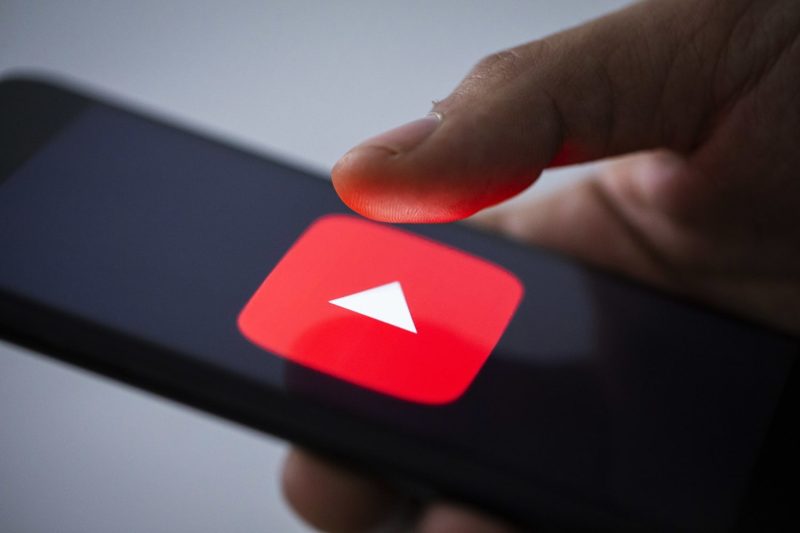Ever since its inception in 2005, YouTube has grown consistently and rocketed to impressive heights as one of the most influential forces on the Internet. The video streaming giant, once primarily the domain of budding creators sharing homemade videos and viral content, has morphed into an entertainment powerhouse influencing various sections of the media industry. Today, YouTube is not just an ordinary application on your smartphone or tablet. It is a prime staple in your living room, handily accessed through smart TVs, internet TV boxes, and gaming consoles. As this change proliferates, media companies are left in a challenging predicament – is YouTube a friend or foe to their business?
The primary factor that has led to YouTube’s prowess in the living room is its expansive content library. From cooking tutorials and DIY crafts to full-length concerts, it offers an enormous buffet of free content for the viewers. Despite having competition from platforms like Netflix, Amazon Prime, and Hulu, YouTube’s uniqueness lies in its diversity of content and its community-based creators. By catering to a wide range of genres and interests, it lures a diverse audience into the living room, replacing traditional television.
Moreover, YouTube is doing more than just replacing traditional TV slots; it is redefining them. The YouTube era has given rise to new viewing patterns. Audiences no longer schedule their time according to TV programming; instead, they tailor content to their own schedules. Given the viewers’ autonomy to navigate and control what they want to see, YouTube has fundamentally shifted the dynamics of media consumption.
Its engaging features like the ability to subscribe, like, comment, and share make the platform more interactive, strengthening its hold over viewers. YouTube’s algorithm incentivizes long watch times, pushing users to view more content and consequently spend more time on the platform, resulting in a higher possibility of ads being shown.
This shift from broadcast to digital platforms has undoubtedly sent shockwaves through the media industry. Many media companies are frantically reevaluating their strategies and trying to adapt to the YouTube-dominated landscape. For traditional broadcasters, this often involves moving their content onto YouTube and working with the algorithms to maximize viewership, presenting a somewhat paradoxical situation where they are using the platform while simultaneously competing with it.
Meanwhile, for cable providers, YouTube is more of a direct threat. As the platform encourages cord-cutting, cable companies are seeing a significant drop in their subscriber bases and revenues. In this case, YouTube is clearly a foe, accelerating a trend towards streaming services on demand.
On the other hand, some media companies view YouTube as a potential ally. Embracing YouTube’s influential power, companies like Warner Bros., Universal, and Sony are partnering with YouTube to produce original content. They capitalize on YouTube’s enormous user base to attract audiences who might not otherwise seek out their content. For these media companies, YouTube is a friend – a way to boost their digital presence, reach new audiences, and adapt to changing consumer trends.
The ability to monetize content through ad revenues also presents a tempting opportunity for media companies. By embracing the shared advertising model, they can create a win-win scenario where both YouTube and the content provider benefit. In that sense, YouTube can be a powerful friend to media firms, helping them to reach billions of users while providing a reliable revenue stream.
However, there’s a caveat. YouTube’s ad revenue sharing has come under scrutiny in the past, with creators and media companies alike voicing concerns about transparency and fairness. Media companies must carefully balance the potential earnings from YouTube with the costs of producing quality content and the risk of cannibalization of other revenue streams.
Overall, YouTube’s infiltration of the living room is not a wave that media companies can ignore. It’s an undulating dilemma where YouTube can act as both a formidable enemy and a powerful ally. Its role continues to evolve, causing media companies to tread softly, strategically, and decisively on the path set before them. Media companies must make clear-eyed assessments of the pros and cons, then decide whether to collude or collide with this online Goliath. The choice is simple yet taxing—friend or foe? In the fast-paced and ever-evolving world of digital media, only time will tell who comes out on top.




